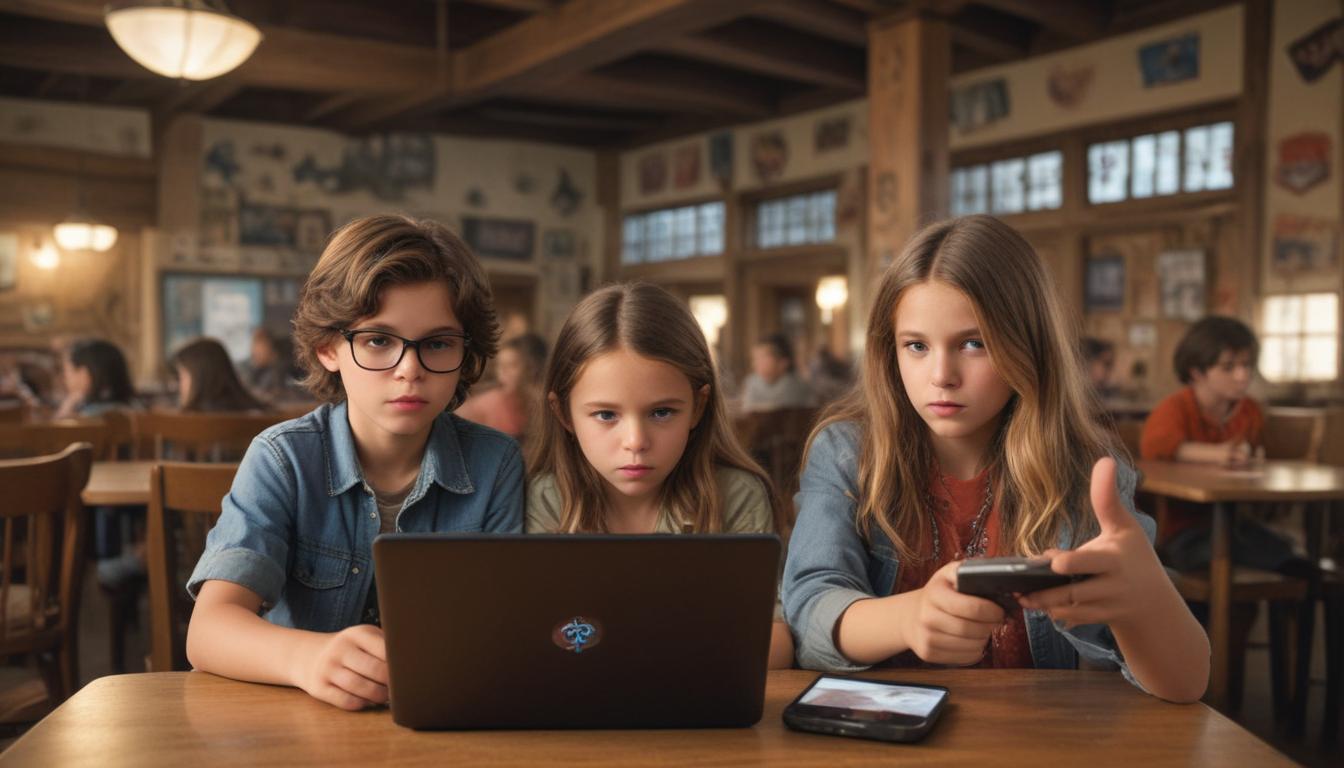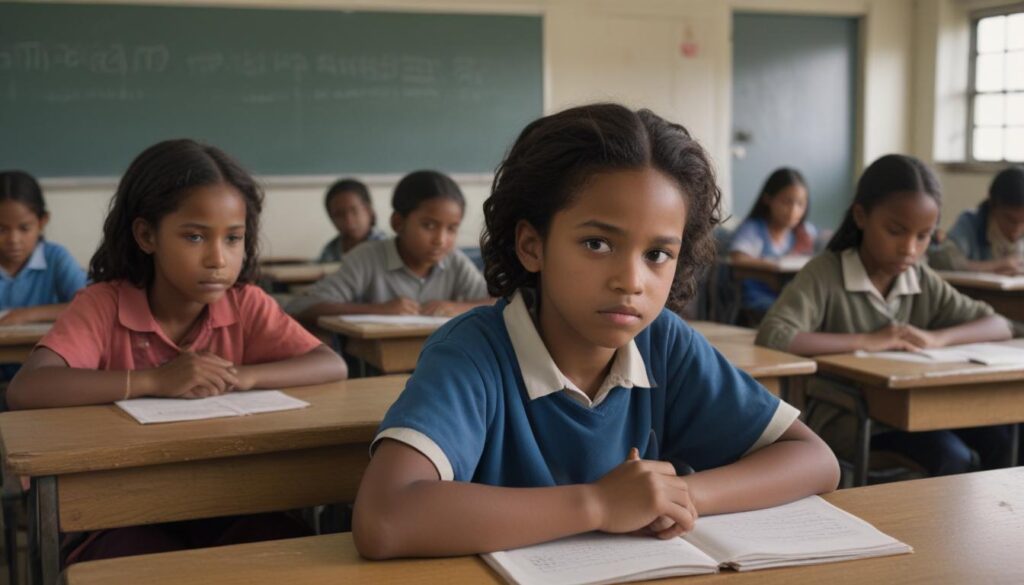Now Reading: 5 Must-Know Digital Citizenship Skills
- 01
5 Must-Know Digital Citizenship Skills
5 Must-Know Digital Citizenship Skills

Beyond Screen Time Your Ultimate Guide to Digital Citizenship Education
Does the thought of your child navigating the vast, unpredictable online world make you nervous? You’re not alone. For many parents and educators, the internet can feel like the Wild West, a place filled with hidden dangers from misinformation and cyberbullies to privacy risks. Simply handing a child a device with a list of rules isn’t enough anymore. The real solution isn’t about fear or restriction; it’s about empowerment. The answer is a robust education in digital citizenship skills, which equips young people not just to survive online, but to thrive as responsible, ethical, and savvy participants in the digital world. This guide will break down exactly what digital citizenship is and how you can effectively teach its most crucial skills.
What Exactly Is Digital Citizenship
Think of digital citizenship as good citizenship, but applied to the online environment. It’s the set of norms, skills, and ethical standards for using digital technology responsibly and effectively. It goes far beyond simply knowing how to use a computer. It’s about understanding the rights and responsibilities that come with being part of an online community. A good digital citizen knows how to engage respectfully, think critically about information, protect their privacy, and contribute positively to the digital spaces they inhabit.
The Core Pillars of Digital Citizenship Education
To make this complex topic manageable, it helps to break it down into core pillars. Mastering these areas will create a strong foundation for lifelong responsible technology use.
Media and Information Literacy
In an age of endless content, the ability to separate fact from fiction is a superpower. Media literacy involves critically evaluating online sources, understanding the difference between fact and opinion, and recognizing misinformation or propaganda.
How to Teach It
Encourage questioning. When you see a shocking headline or a viral post, ask questions like “Who created this?” “What is their goal?” and “Can we find this information on another trusted news site?” This teaches the habit of verification over instant belief.
Online Safety and Security
This is often the first thing parents worry about. It covers the practical side of staying safe online, from protecting personal information to avoiding scams. Key skills include creating strong, unique passwords, understanding privacy settings on social media, and identifying phishing attempts.
How to Teach It
Conduct a family privacy audit. Sit down together and go through the privacy settings on popular apps and social media accounts. Explain what each setting does and decide on the appropriate level of privacy as a team. This makes security a collaborative effort, not just a parental command.
Digital Etiquette and Communication
Often called “netiquette,” this pillar is about being kind and respectful online. It’s about understanding that there is a real person with real feelings behind every screen. This includes speaking respectfully during disagreements, avoiding cyberbullying, and understanding how tone can be misinterpreted in text.
How to Teach It
Introduce the “Grandma Test.” Before posting a comment or sending a message, ask “Would I say this to Grandma’s face?” This simple rule helps filter out impulsive, hurtful, or inappropriate comments and encourages more thoughtful communication.
Your Digital Footprint and Reputation
Every like, comment, post, and picture creates a digital footprint, a permanent trail of online activity. Young people need to understand that this footprint can impact their future, from college admissions to job opportunities. It’s about building a positive and professional online reputation.
How to Teach It
Encourage them to Google themselves. This simple action can be an eye-opening experience. It makes the concept of a digital footprint tangible and shows them what their online reputation looks like to the outside world.
Health and Wellness in a Digital World
Digital citizenship also involves managing one’s own well-being. This means cultivating a healthy relationship with technology, understanding the importance of balancing screen time with offline activities, and recognizing the mental health effects of online comparison and information overload.
How to Teach It
Schedule dedicated tech-free time. This could be during dinner, for an hour before bed, or on a weekend afternoon. Leading by example and putting your own phone away shows that you value unplugged, present-moment connection.

How to Teach Digital Citizenship Skills Effectively
Knowing what to teach is one thing; knowing how is another. Here are a few proven strategies.
Start the Conversation Early and Often
Digital citizenship isn’t a one-time lecture. It should be an ongoing conversation that evolves as a child grows and their online activities change. Use real-world examples from the news or their own experiences as teachable moments.
Lead by Example
Children learn more from what you do than what you say. Model the behavior you want to see. Put your phone down when they’re talking to you. Discuss sources of news articles. Be a respectful and responsible digital citizen yourself.
Empower Instead of Prohibit
While some restrictions are necessary for young children, the ultimate goal is to build resilience and critical thinking. Rather than banning everything, focus on teaching them how to make smart choices for themselves. An empowered child who understands the “why” behind the rules is better prepared for the future than one who has only ever followed a list of “don’ts.”
Building a Generation of Responsible Digital Citizens
The digital world is not a separate reality; it is an integral part of modern life. By focusing on education and empowerment over fear and control, we can move beyond simply managing screen time. We can raise a generation of thoughtful, capable, and responsible digital citizens who are prepared to use technology to learn, connect, and make a positive impact on the world.




































